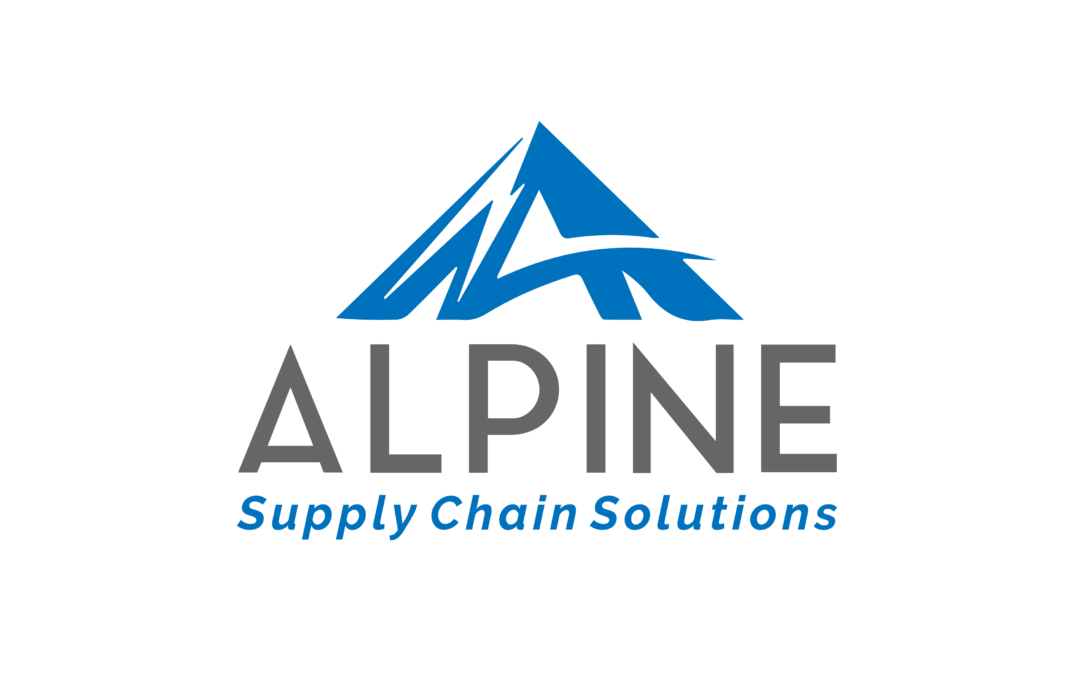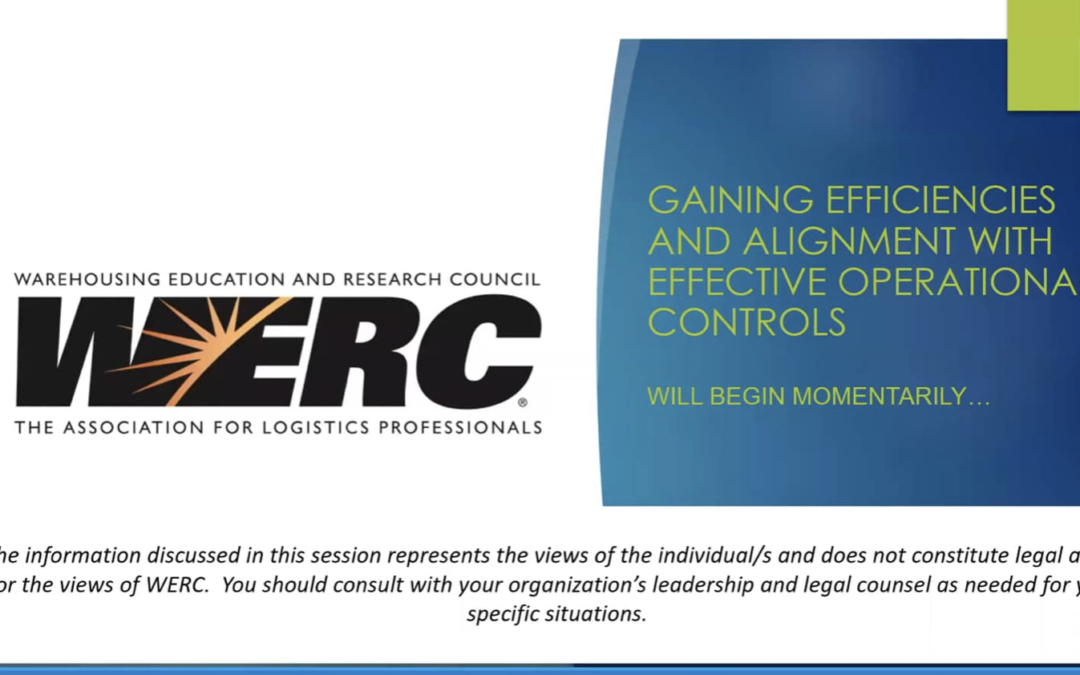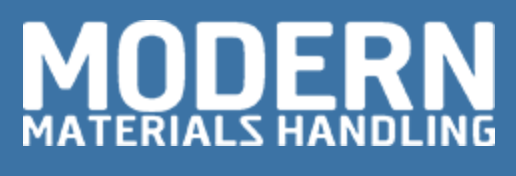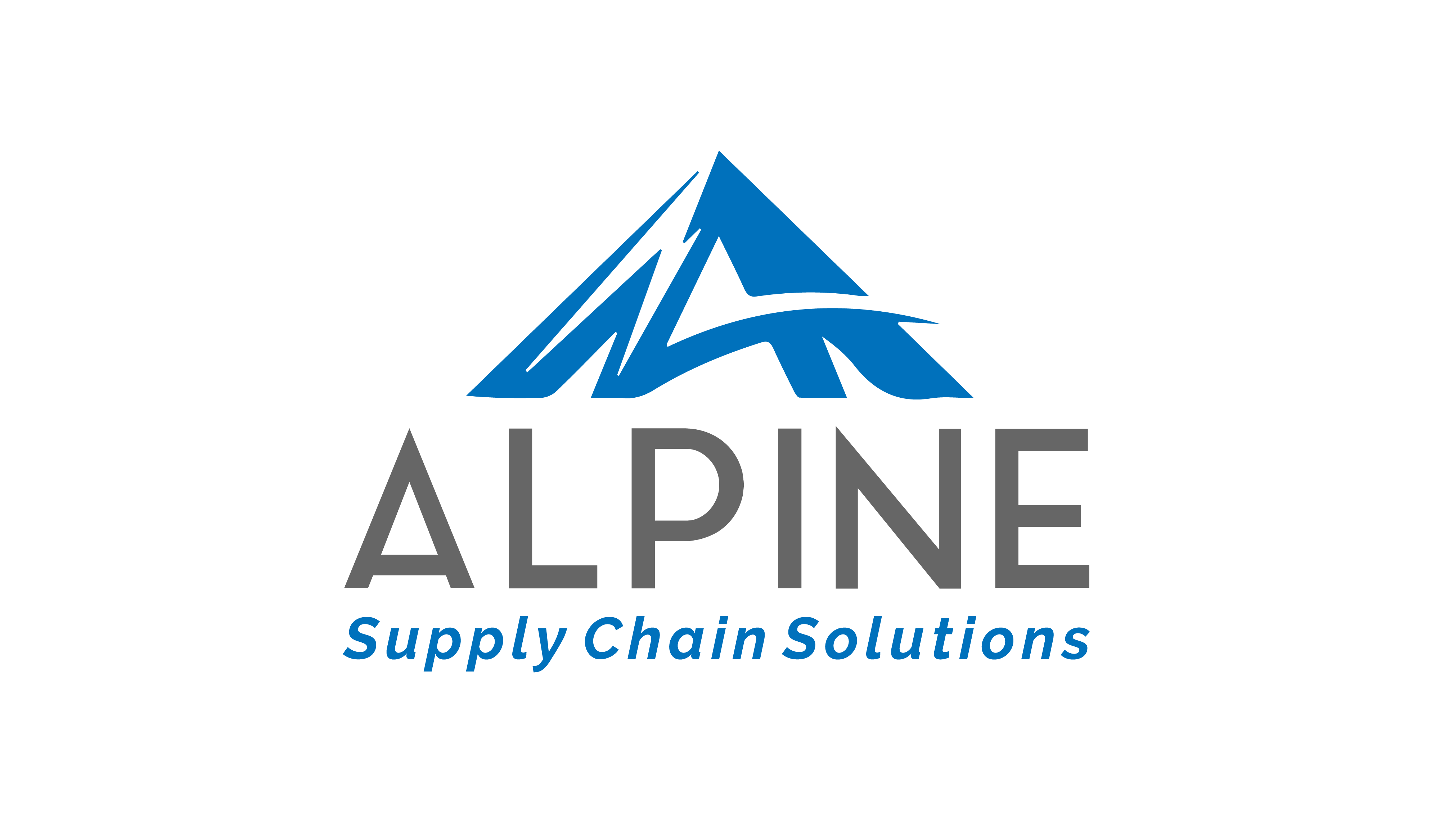
by Alpine Supply Chain | Aug 14, 2020 | Supply Chain Consulting, Warehouse Consulting, Warehouse Management System
Alpine Supply Chain Solutions, a leading boutique supply chain consulting firm, today announced the successful completion of a distribution and throughput project for The Bazaar Inc., the number one seller of brand name merchandise closeouts. Alpine Supply Chain Solutions collaborated with Conveyor Solutions Inc. (CSI) to provide The Bazaar with:
- Improved space utilization
- Increased throughput
- Decreased dock to stock time
- Reduced labor costs
Alpine has always been dedicated to helping clients make the most of the resources they have, rather than reinventing the wheel. This project with Bazaar was no exception. By improving processes and space utilization, Bazaar was able to realize a 25% decrease in dock to stock time, a substantial increase in throughput, and reduce labor costs by 30 percent.

Ryan O’Connor
According to Ryan O’Connor, SVP of Operations at Bazaar, “The combination of CSI’s equipment and installation experience and Alpine’s data-centric approach provided Bazaar with a real-world solution to address our need to be flexible. The team was collaborative from the beginning, and did not try to sell us anything until they determined exactly what we needed. In the end, Alpine developed a very simple solution to handle a very complex problem.”
When Bazaar began working with CSI and Alpine, the company was at capacity and unable to cost-effectively scale and engage in new opportunities. Despite the addition of new real estate, they continued to struggle. In the end, eliminating duplicate administration, management, and transportation tasks and consolidating two facilities into one with a more efficient layout turned out to be the answer.
According to Michael Wohlwend, Managing Principal at Alpine, “The key to success in this project was tied to studying data to gain a true understanding of orders, items, product types, and quantities and architecting a solution around that reality.” Kevin Thompson, Partner at CSI, feels Alpine’s focus on data is what made the joint effort so successful. Thompson states, “Working with Alpine to define the project requirements based on the actual data analysis has proven time and again the best way to accomplish the customer goals. Projects without Alpine’s analysis tend to have variable ways to determine success.”
About The Bazaar Inc.
The Bazaar Inc. is a family-owned business that has been leading the charge in purchasing name-brand closeouts to be sold on the secondary retail market for 60 years. The company moves hundreds of thousands of units of retail and CPG goods through small to large retail and wholesale partners around the world. As a trusted liquidation partner to manufacturers, Bazaar provides a unique and valuable inventory asset-recovery re-processing service that is unmatched in the marketplace. To learn more, visit: http://www.thebazaarinc.com.
About Alpine Supply Chain Solutions
Alpine Supply Chain Solutions, based in Chicago, IL is a supply chain consulting company driven to ensure their clients get the most value from their investments. Their approach to every project starts with the data and ends with a cost justifiable solution. With deep roots in industrial engineering, Alpine’s approach is unique. For more information, please visit the company website at: http://www.AlpineSupplyChain.com.
About Conveyor Solutions, a Systems in Motion Company
Conveyor Solutions based in Elgin, IL is an Automated Material Handling Integrator driven to build relationships with our customers for long term partnerships. We create an environment of collaborative design with our clients to achieve the goals of the project. Systems in Motion is a team of companies that work together to provide a complete turnkey solution. Learn more at: http://www.conveyorsolutions.com.

by Alpine Supply Chain | Aug 4, 2020 | Services, Supply Chain Consulting, Warehouse Consulting, Webinar
In this WERC Webinar, The Midwest WERCouncil and Alpine Solutions’ Brenda Stoltz and David Fredericks, experts in operations management conducted a webinar on How to Establish and Sustain SOPs in Your DC. You can watch now on demand.
Brenda and David dive into:
- Why standardization and consistent execution of procedures are important
- How to assess and document your current state
- Identifying and validating improvements
- Implementing new standards
- Managing ongoing oversight, compliance and continuous improvement

by Alpine Supply Chain | Jul 13, 2020 | Supply Chain Consulting, Supply Chain News, Warehouse Management System
Supply Chain Management Review and Modern Material Handling sat down with Michael Wohlwend to discuss WMS.
Modern: You’ve been around the supply chain software space throughout your career. Tell us about the different roles you’ve held.
Wohlwend: I was a warehouse distribution supply chain consultant for the first third of my career, and I installed my first warehouse management system (WMS) in 1994. That was followed by 7.5 years at Manhattan and 6.5 years at SAP. Now, I’m back to the consulting side.
Modern: Since you’ve worked in both the enterprise resource planning (ERP) and WMS spaces, what have been the most important developments during your career? We’ll start with ERP.
Wohlwend: Originally, an ERP system was finance and accounting. And then, they added manufacturing resource planning and planning. After that, ERP tried to be all things to all people and address the end-to-end supply chain. That had its limitations and opened the door for best-of-breed solution providers, especially with the Cloud.
Great examples of that are Salesforce.com for CRM and Workday for HR. Now, we see ERP companies buying Cloud-based software companies with a subscription model to offer best-of-breed solutions under the ERP umbrella. The technology is evolving.
Modern: How about the WMS space?
Wohlwend: For a time, CIOs trying to reduce their overall software footprint were getting the WMS module from an ERP provider like Oracle or SAP. In situations that weren’t complex, like pallet in and pallet out, the WMS from an ERP was good enough. Now, there’s a resurgence of WMS. The real trend I’m seeing is global manufacturers moving to a 3PL for their distribution and deferring to the 3PL’s WMS. And, most of the 3PLs will have a low-cost WMS, with less functionality, and a higher cost version. Depending on complexity, the 3PL will choose which version to roll out for their customer.
Modern: What are your clients struggling with today, particularly with WMS systems?
Wohlwend: Whenever you’re implementing a WMS, you run out of resources, time or money. So when people install a WMS, they never turn everything on because they run out of one of those three. Then, they run into an issue and don’t realize they have the functionality.
I recently went to a site that wasn’t doing directed putaway or batch picking because they’d never turned on the functionality. It cost them $52,000 and they had an ROI in two weeks. The No. 2 reason is that they business model changed. For example, with Covid-19 now they may need to turn on each picking and need to configure along with cartonization. Their WMS has the functionality but needs to be configured.
Modern: Given all the changes in fulfillment processes, what should a company do?
Wohlwend: The most common thing I see is that they didn’t turn on all the functionality, and they haven’t upgraded, so now they’re at a pivot point. Do I keep an existing system and “add on modules” like voice, labor management, or slotting modules? Or, do I rip and replace? There are companies adding “Add on Modules” on top of old versions of EXE and Catalyst.
The problem with ripping and replacing is that a lot of the new systems are in the Cloud. That sounds good, but I just worked with a 3PL that couldn’t get Internet access at their site. They had to have a server on site. And when you’re talking about an automated system that requires sub-second response times, I believe it has to be on-premise. You just can’t risk your order fulfillment system on a connection that could go down.

by Alpine Supply Chain | Jul 9, 2020 | COVID-19, Robotics, Warehouse Management
Warehouse Robots can Disinfect large spaces and warehouse faster and more effectively than humans.
With every droplet that we can’t see, touch, or feel dispersed into the air, the threat of spreading Covid-19 persists. It’s become increasingly critical to keep these heavy droplets from lingering — especially on surfaces, which are welcoming and generous hosts. Thankfully, our chemical cleaning products are effective, but using them to disinfect larger settings can be expensive, dangerous, and time-consuming. Across the globe there are thousands of warehouses, grocery stores, schools, and other spaces where cleaning workers are at risk.
Succesful warehouse and supply chain management leader leverage technology to gain efficiency and increase profits. Using warehouse robots can help relieve the burden of labor management and increase safety.
With that in mind, a team from MIT’s Computer Science and Artificial Intelligence Laboratory (CSAIL), in collaboration with Ava Robotics and the Greater Boston Food Bank (GBFB), designed a new robotic system that powerfully disinfects surfaces and neutralizes aerosolized forms of the coronavirus. The approach uses a custom UV-C light fixture designed at CSAIL that is integrated with Ava Robotics’ mobile robot base. The results were encouraging enough that researchers say that the approach could be useful for autonomous UV disinfection in other environments, such as factories, restaurants, and supermarkets. UV-C light has proven to be effective at killing viruses and bacteria on surfaces and aerosols, but it’s unsafe for humans to be exposed.
“MIT has been a great partner, and when they came to us, the team was eager to start the integration, which took just four weeks to get up and running,” says Ava Robotics CEO Youssef Saleh. “The opportunity for robots to solve workplace challenges is bigger than ever, and collaborating with MIT to make an impact at the food bank has been a great experience.”
Pierson and Romanishin worked alongside Hunter Hansen (software capabilities), Bryan Teague of MIT Lincoln Laboratory (who assisted with the UV-C lamp assembly), Igor Gilitschenski and Xiao Li (assisting with future autonomy research), MIT professors Daniela Rus and Saman Amarasinghe, and Ava leads Marcio Macedo and Youssef Saleh. This project was supported in part by Ava Robotics, who provided their platform and team support.

by Alpine Supply Chain | Jun 26, 2020 | Supply Chain News, Warehouse Consulting, Warehouse Consulting News
Modern Materials Handling article by Bob Trebilcock is good round up of the supply chain industry’s response to Covid-19 amid a lack of concrete guidelines.
As the economy begins to recover, distribution center operators will be challenged with not just operating efficiently, but safely. Emerging technologies may aid in the effort.
“Our industry has always looked for solutions to operate in an efficient and cost-effective way; now, it will also struggle with new issues related to preventing the spread of a virus—either Covid-19, or whatever is around the bend. They will largely be on their own: As of this writing, the CDC guidelines for re-opening businesses were polite suggestions, not prescriptions. What’s more, while we know lawsuits will be filed by employees who test positive for the virus after we all return to work, we don’t yet know whether those claims will be governed by OSHA and worker compensation or the courts. The message is essentially:
Get back to work, and good luck.
If there is light at the end of the tunnel, it’s that some potential solutions are coming to market from materials handling technology providers. Make no mistake: This is an emerging area, and there’s no guarantee any of these solutions will create the bullet-proof, safe operating environment we will all strive for. Nor is this a comprehensive list: New emails are showing up in our inbox daily. But, the following companies are developing solutions for plants and DCs around screening, workplace social distancing and finally, contact tracing should an associate test positive. They, or their competitors, may be worth investigating as you look to create your own safe working environment.”
A first step to a safer workplace is to create basic processes around cleaning, disinfecting, scheduling and, perhaps most importantly, what to do if an associate tests positive. Michael Wohlwend, managing principal with Alpine Supply Chain Solutions, relates the story of a client who had to shut down a warehouse for two weeks following a positive Covid case. “While they were cleaning and sanitizing the facility, every team leader was on the phone with suggestions for new procedures that would give the team the confidence to come back to work,” Wohlwend recalls. “It was a real wake up call.”
Just as important as the new procedures, which might vary from one facility to the next, is the ability to enforce them and demonstrate that they were followed if needed. To that end, Alpine worked with Procurant, a California-based technology company, to develop a phone app for auditing workplace procedures. It is created on a Cloud-based food safety tool that Procurant developed for tracking and tracing in the agricultural supply chain.
“You can set up as many checklists as you need, and then create a time stamp when tasks are completed,” Wohlwend says. “At the end of the day, you can create reports of what was done, who did it, when they did it and any corrective actions that were taken.” Training videos can be accessed using the tool for easy access, and alerts can be e-mailed or texted to individuals who need to be contacted. “If a person tests positive, you now have a checklist of what you need to do, and you can produce an audit trail of what was done,” Wohlwend says.

Bob Trebilcock
About Bob Trebilcock, editorial director, has covered materials handling, technology, logistics and supply chain topics for nearly 30 years. In addition to Supply Chain Management Review, he is also Executive Editor of Modern Materials Handling.









